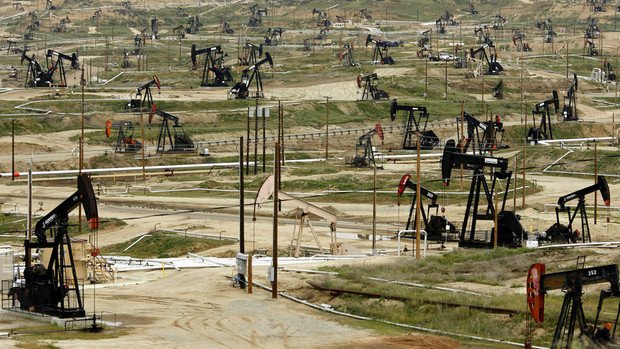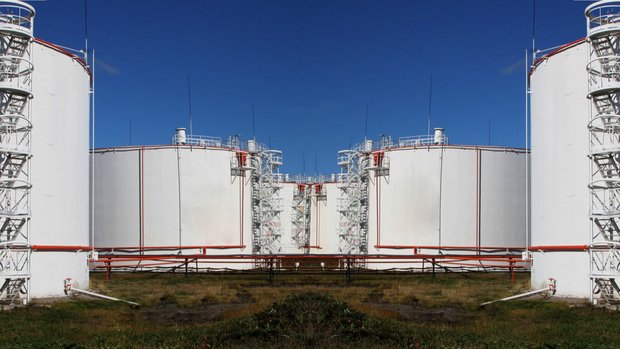''We see certain risks to oil prices''
Felipe de la Rosa on prospects of the OPEC+ deal, the USA’s world leadership and investors' overoptimism
What awaits world oil prices? How is the USA becoming a leader in production, while Saudi Arabia and Russia carefully comply with the gentleman's agreement? Why isn't OPEC interested in the prolongation of the output cut deal any more? Felipe de la Rosa, portfolio manager for international markets at General Invest, tells about it all in a column of Realnoe Vremya.
Oil fights back the 2014 fall
The oil and gas industry starts to recover after three years of crisis, which was provoked by a sudden price fall in the second half of 2014. Brent barrel price has grown by 50% since last year, and it's stabilised at $60-70 since late October. It happened thanks to the extension of the OPEC+ oil output cut deal and a favourable global macroeconomic situation.
Considering the specifics of the oil industry, where the life cycle of new projects usually lasts for several years, from obtaining a licence for geological exploration to the use of new wells, the current relatively stable situation is very important to all oil companies, particularly to design and implement long-term development strategies. However, the recovery of the industry is still in the initial phase, while we see certain risks to oil prices and the oil and gas sector, in general, in the short and midterms.
America conquers liquid hydrocarbon market
While Saudi Arabia and Russia carefully comply with the gentleman's agreement limiting production to about 10 and 11m barrels a day, which respectively signed by them, the USA continues augmenting oil and condensate production. Early this year, it has exceeded the key point of 10m barrels first since 1970, and the United States can become the biggest world liquid hydrocarbon manufacturer mainly due to higher shale oil production in the Permian Basin in Texas and New Mexico in 2019 already.

The United States can become the biggest world liquid hydrocarbon manufacturer mainly due to higher tight oil production in the Permian Basin in Texas and New Mexico in 2019 already.'' Photo: dnevnik.se
According to the US Department of Energy's estimate, the Permian Basin is the biggest shale oil field; the expected production here this April will be about 3,15m barrels a day, or 45% of the country's shale oil production. A gradual improvement of technologies led to an increase of an average oil production rate of new wells in the Permian Basin from 134,000 barrels a day in 2013 to 631,000 barrels a day this February. If we look at the dynamics of the main shale oil regions after the OPEC+ deal came into force in January 2017, we see that shale oil production in the Permian Basin has grown by 1m barrels a day (+47%) with an average WTI price at $53 a barrel. At the same time, production in the Eagle Ford and Bakken during this period has risen by 156,000 barrels a day (+13%) and 227,000 barrels a day (+23%) respectively.
Shale oil production, which has continued in the last several months, hasn't affected prices, as a significant rise in world demand with relatively low prices and stagnating production of OPEC+ countries led to a balance in the market. However, the OPEC+ deal expires late this year. In addition, we don't know how demand will react to a higher price in the short term in comparison with the average levels in 2015-2017.
OPEC without plus
As we noticed above, the OPEC+ output cut deal between OPEC and other oil exporting countries chaired by Russia expires in late 2018. In the last 2 years of its power, not only the market has become balanced but also prices have grown to more acceptable levels for the budgets of these countries.

''For investors, the main question is how the participating countries will communicate this decision to the market, not whether the deal will be prolonged.'' Photo: business.tsargrad.tv
However, after the presidential election in Russia and expected IPO of Saudi giant Saudi Aramco, the OPEC+ deal initiators are likely to lose the political motivation to extend the deal. Moreover, the initial goal has already been achieved – the oil market has become more stable. Given the above-mentioned production dynamics in the USA, for the OPEC+ countries probably there is no sense in limiting their own production, in general, by allowing shale oil producers to augment their share in the world market.
For investors, the main question is how the participating countries will communicate this decision to the market, not whether the deal will be prolonged. Forceful statements can bring prices down to a low range of $45-55 per barrel.
Speculators bet on growth only
The mood of investors for oil prices now seems to be overoptimistic. The number of open long positions of Brent among 540,000 contracts is about the maximum historical level now, which can make a considerable negative impact on spot prices at one point (if oil prices start to go down).